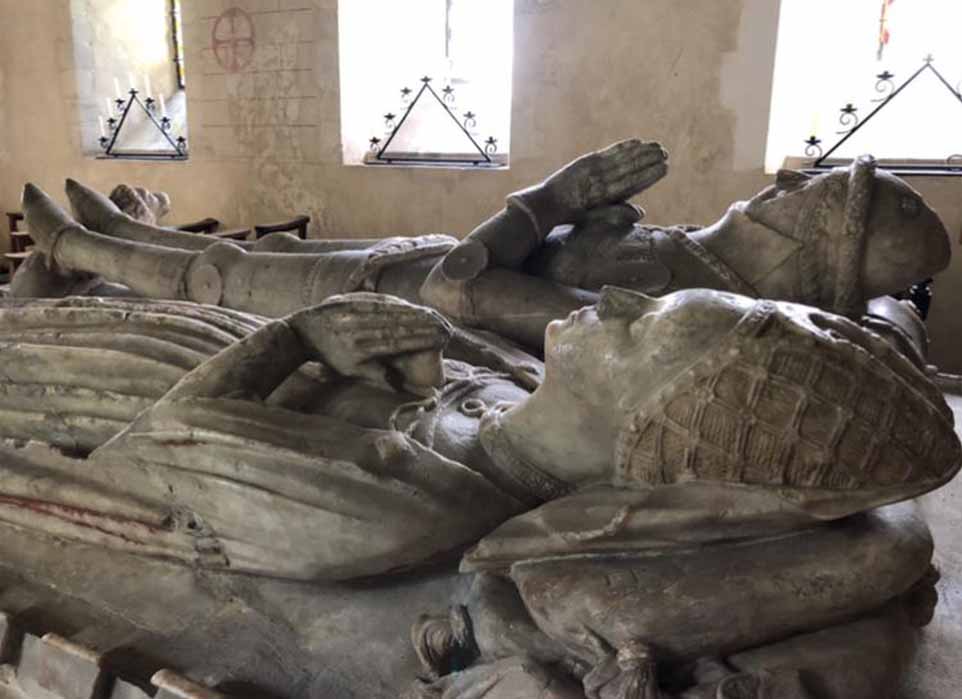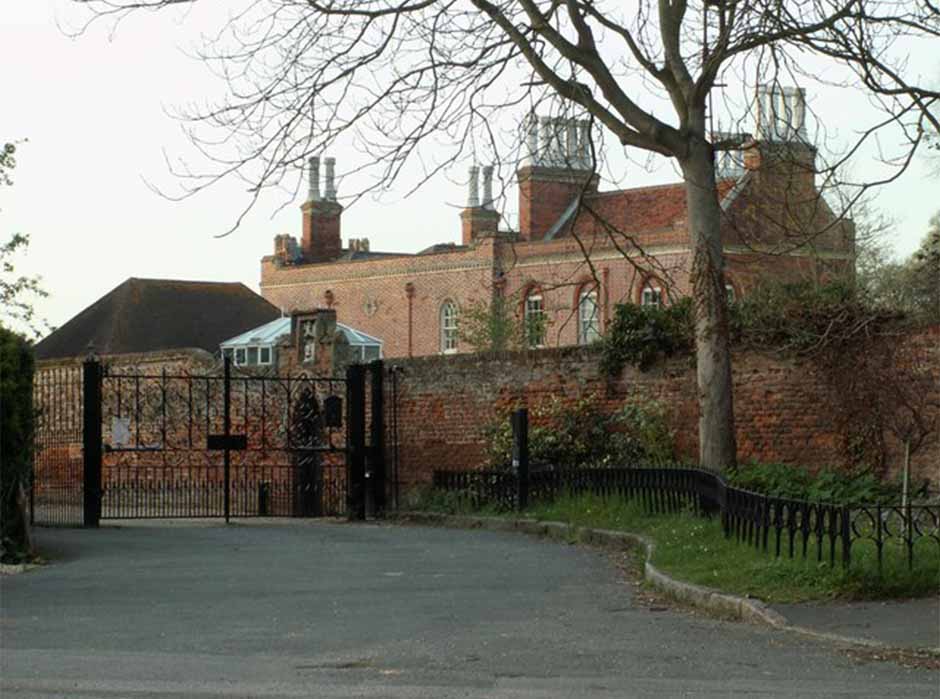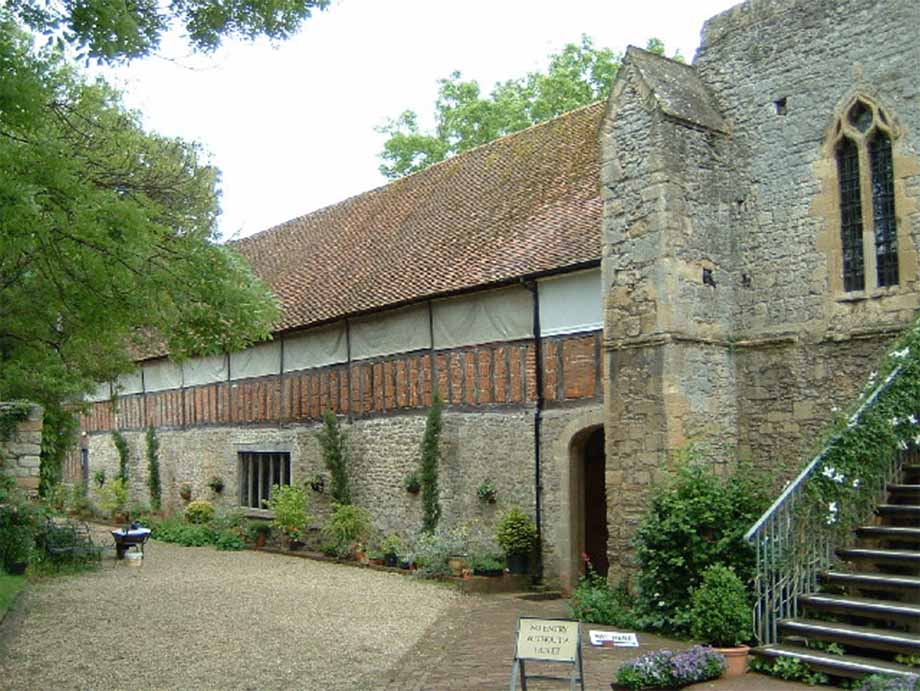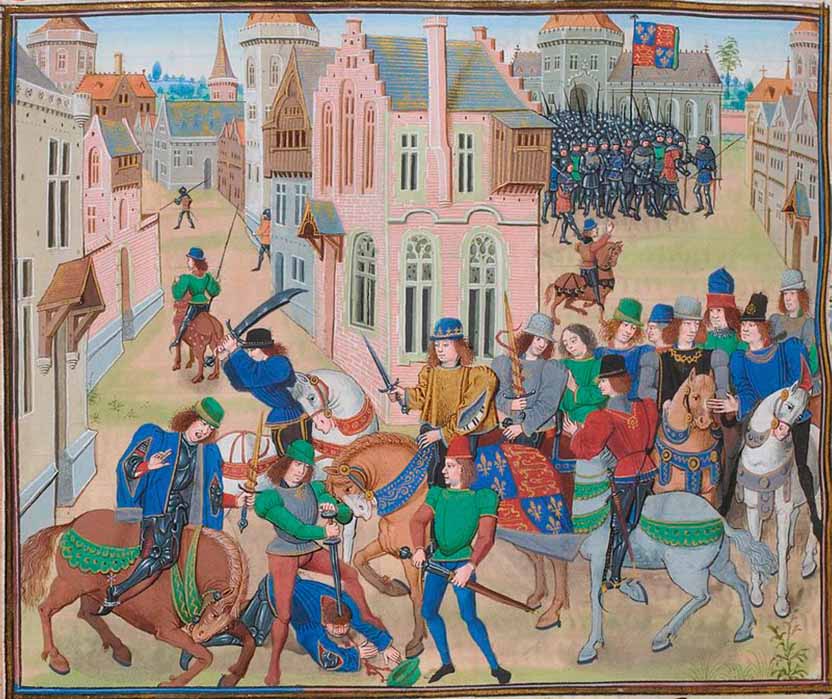
Colne Priory – Revisiting the Excavation Of The Earls Of Oxford’s Tomb Sites
No trace of the medieval Colne Priory in Essex remains above ground, as the site is now occupied by a later building of the same name, and in private ownership. However, for decades archaeologists have been digging into its past as the priory was once one of the key religious buildings in the country and burial place of the De Vere Earls of Oxford, who for centuries were to be found at the side of England’s kings.

A view of the Colne Priory site - not the priory but an 18th-century house that partly stands on the site of a the Priory that was founded at about 1100–1105 (Robert Edwards / CC BY-SA 2.0)
The relationship between Colne Priory and the De Vere’s goes right back to the site's earliest foundation. The priory started life as a cell to the Abbey of Abingdon, which was founded by Godfrey de Vere, the eldest son of Alberic de Vere and his wife Beatrix, who was a half-sister of William the Conqueror. According to legend he founded the cell after having been cured of disease by Faritius, the Abbot at Abingdon. Alberic in all likelihood fought at the Battle of Hastings on October 14, 1066 and he was gifted a large number of lands by William the Conqueror, including those on which the priory would be built. The cell was founded with the consent of Maurice, Bishop of London and the king, a charter of 1111 recognizing its creation. As Faritius became Abbott in 1101 and Maurice died in 1107 the initial foundation of the Priory must have occurred between those two dates.

The Long Gallery at Abingdon Abbey (CC BY-SA 2.0)
Originally there were six monks placed there but the wealth of the family meant that these numbers quickly doubled. Records tell that the church was dedicated to St Mary and St John the Evangelist and that it rapidly became the burial place for the De Vere’s. The church was dedicated in 1148 by the Bishop of London, Robert who set upon the site a long and detailed curse that promised eternal damnation to anyone who should rob the priory of its treasures.
The priory continued quietly until the 13th century when it came into conflict with its mother-house at Abingdon. The Abingdon Rolls tell that the “abbot and convent used to recall learned monks from Colne to the abbey at their pleasure and send ignorant ones of their own in their stead…and lay the charges of their journey on the priory.” The Archbishop of Canterbury intervened but the conflict continued until in 1311 when the Earl of Oxford personally intervened, and it was agreed that no monk should be sent to Colne unless the Abbot first agreed, nor should any be forced to stay at Abingdon for more than three years unless they wished to. The king confirmed these agreements in 1321.
Less than 100 years later the priory again came to the king’s attention when Maud, the then Countess of Oxford, objected to the election to the post of Prior of one Henry Kebell. The king ordered that the bishop should examine the priory and make a judgement in the matter. This is a perfect example of the deep and personal interest that the Earls took in the Priory. Henry was re-elected as prior with the bishop's blessing in 1395, but the Archbishop of Canterbury instead granted it to John Preston. Henry appealed to Rome as did John and the verdict went in Henry’s favor but John refused to accept it. King Henry IV finally lost his temper and ordered that both sides be presented to him. Prior Henry accused the Countess Maud herself of trespassing, but she retaliated by accusing him of the same, the case going back and forth until ultimately it appears the post was left to John Preston.
Richard II watches Wat Tyler's death and addresses the peasants in the background during the Peasants Revolt. Gruthuse manuscript of Froissart's Chroniques (c. 1475) (Public Domain)





